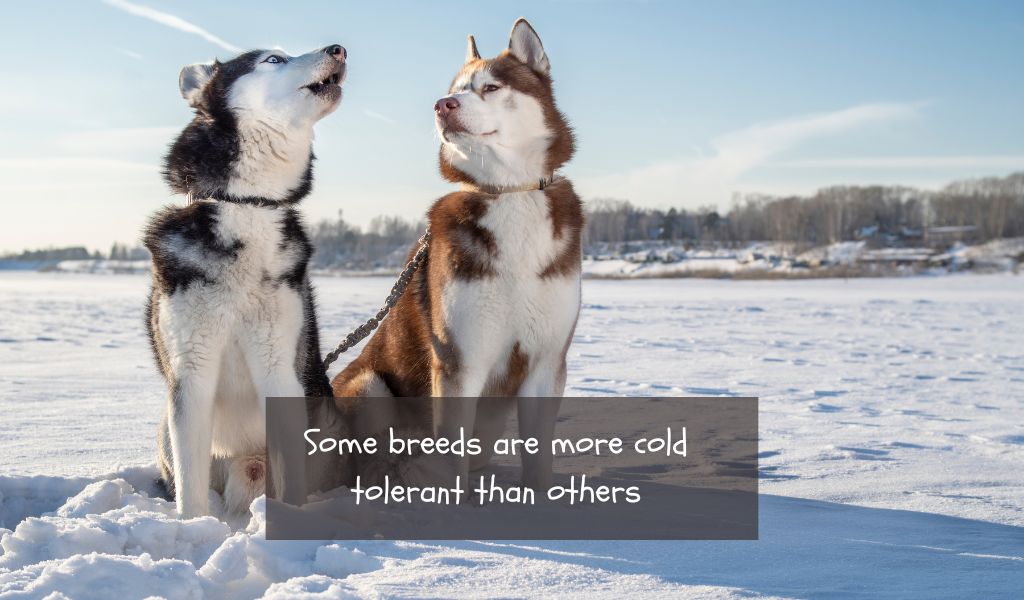When the temperatures start to drop, some of us may be feeling a chill in the air. But have you ever stopped to think about how your pup is doing?
As canine companions, it’s our responsibility to keep an eye on our four-legged friends and make sure that they are comfortable and warm enough during cold weather.
This blog post will provide tips on how to tell if your dog is cold so you can ensure they stay safe and warm throughout the winter.
When the temperatures drop, you can tell if your dog is cold if they start to shiver or tremble, seek out warmer places or people, show low physical activity, whine or bark more than usual, and have drooping ears and tail. Regularly monitor their behaviour in cold weather conditions and provide extra warmth or layers of clothing as needed.
Signs of cold stress in dogs
It’s important to pay attention to any signs of discomfort or distress that your pup might show when the temperatures dip below their comfort zone.
Here are some common signs of cold stress in dogs:
Shivering/trembling
Seeking out warmer places or people
Lowered physical activity
Whining or barking more than usual
Drooping ears and tail
If you notice one or more of these signs, it’s time to take action and make sure your pup stays warm.

Factors that influence your dog’s comfort level in cold weather
There are several factors that influence your pup’s comfort level in cold weather conditions.
Here are some key things to consider when determining whether or not it’s too cold for your pooch:
Breed – Some breeds such as Chihuahuas, Greyhounds, Bulldogs, Pit Bulls, and other short-haired varieties are less tolerant of colder temperatures than other breeds with heavier coats.
Age – Puppies, senior dogs, and dogs with health issues like arthritis may experience greater levels of cold stress due to their weaker immune system and decreased body fat stores compared with younger adult dogs.
Weight – Overweight pups may be more susceptible to feeling the chill if their additional body weight makes them more sensitive to temperatures fluctuations.
Keeping your dog safe & warm when it’s cold outside
Once you know what temperature is too much for your pup, there are steps you can take to help keep them safe and warm in colder weather:
Provide good insulation for your dog by getting them a thick coat or sweater to wear when taking them outside in chilly conditions.
Make sure they have plenty of fresh water available at all times so they don’t become overly dehydrated.
Increase the number of meals they receive per day (if necessary) so they have enough energy reserves stored up during winter months.
Regularly check outdoor areas where your pet spends time for any potential hazards like ice patches that could cause slips or falls.
Consider investing in boots for extra protection against snow and ice exposure on walks outside.
Create a cozy bed inside with blankets and pillows for extra warmth on cold nights.
With these tips, you can help make sure that your pup stays happy and healthy through even the chilliest days ahead
Final Words
If you ever have any doubts about your pup’s comfort in cold weather, the best thing to do is err on the side of caution and bring them inside or provide extra layers of warmth.
Keeping a close eye on your canine companion for signs of cold stress can help you identify any potential issues before they become too serious.
With these tips and some good common sense, you and your pup can enjoy all that winter has to offer without concerns about staying warm.










